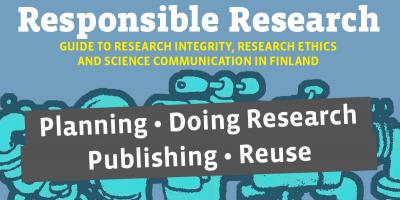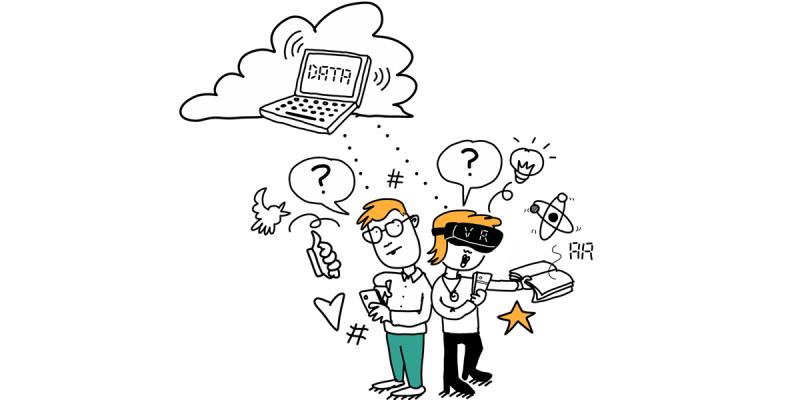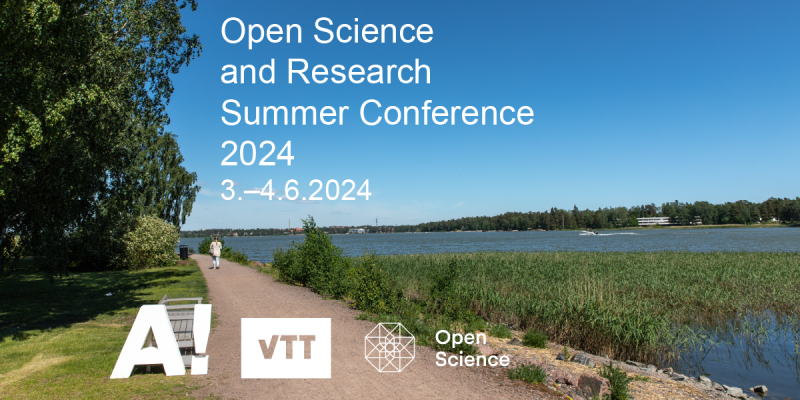The Committee for Public Information in Finland has formulated national recommendations for science communication.
Science communication enables the flow of information and interaction between information producers and users. It serves science and researchers, and lays the foundations for societal discourse. Science communication increases trust in scientific information and enables the results of science to be used in support of societal decision-making.
Science and research are subject to demands for transparency and impact, which require science communication to be closely integrated into the execution of professional research. Science communication also occurs in channels other than the established academic ones – examples of this include social media and various interactive events.
Changes in the operating environment of science communication call for bolder, more active science communication in various communication channels. Communication skills are a natural part of a researcher’s education. It is essential to build an operating culture that encourages and supports researchers in participating in societal debate. The methods for monitoring, rewarding and critically evaluating the societal impact of research must be improved. An active approach by the scientific community in drafting practices for specific fields of research will be instrumental in achieving this.
Science communication is being carried out by an increasing number of parties. The recommendations, entitled Bold communication, responsible influence, will help science to become more visible and influential in our society. They are intended for everyone who works with science and those who communicate on science: science belongs to everyone.
Further information:
Bold communication, responsible influence. Science communication recommendations: https://www.tjnk.fi/sites/tjnk.fi/files/recom_scicommunication_2018.pdf
You might also be interested in
Tämä teos on lisensoitu Creative Commons Nimeä 4.0 Kansainvälinen -lisenssillä. Detta verk är licensierat under en Creative Commons Erkännande 4.0 Licens. This work is licensed under a Creative Commons Attribution 4.0 International license.


